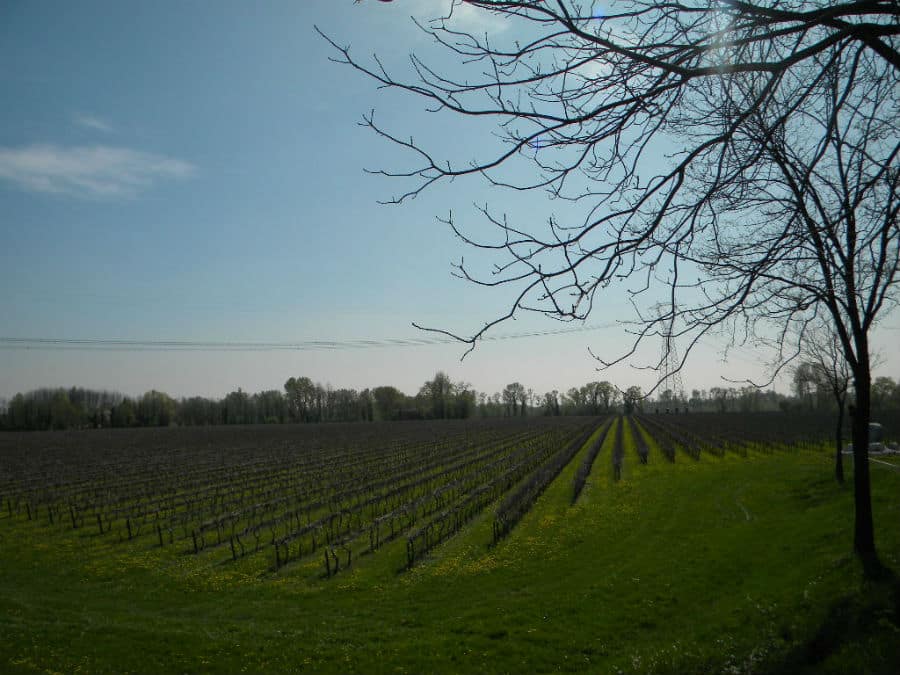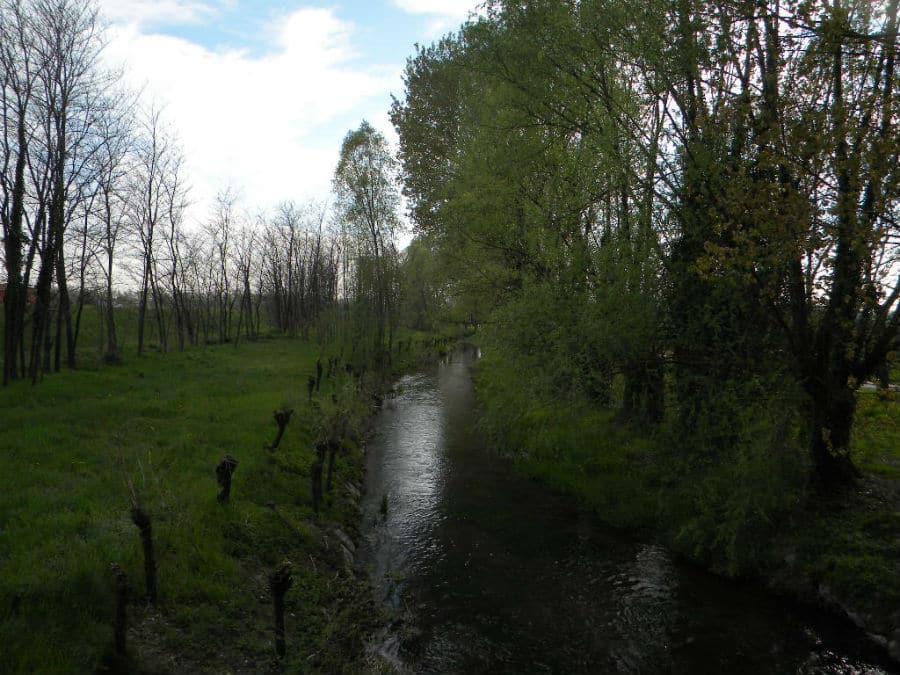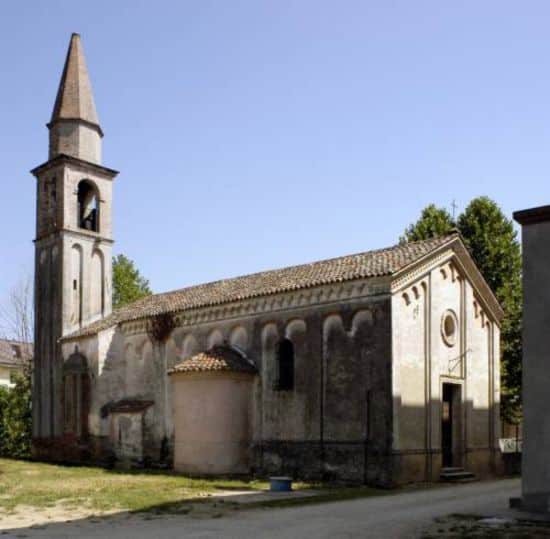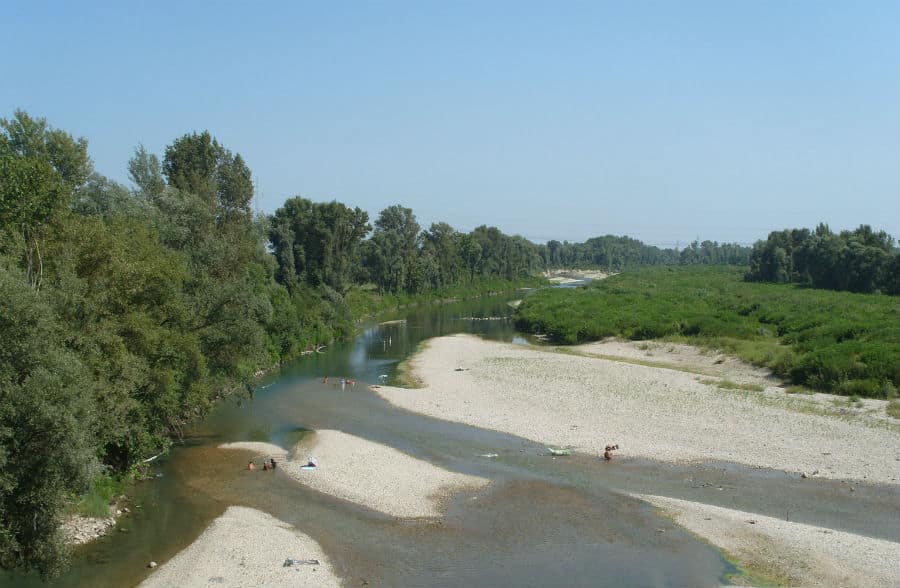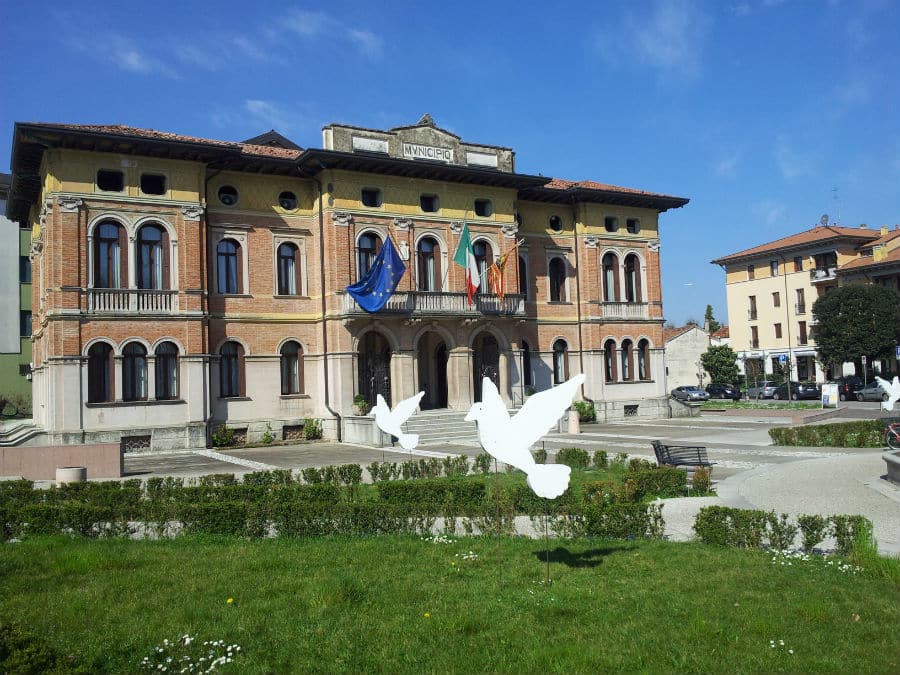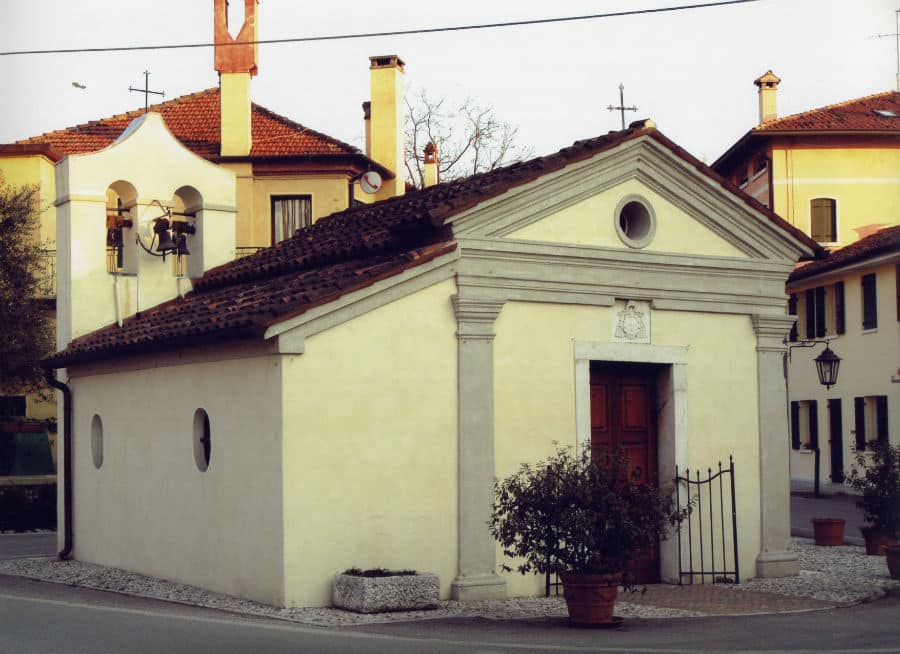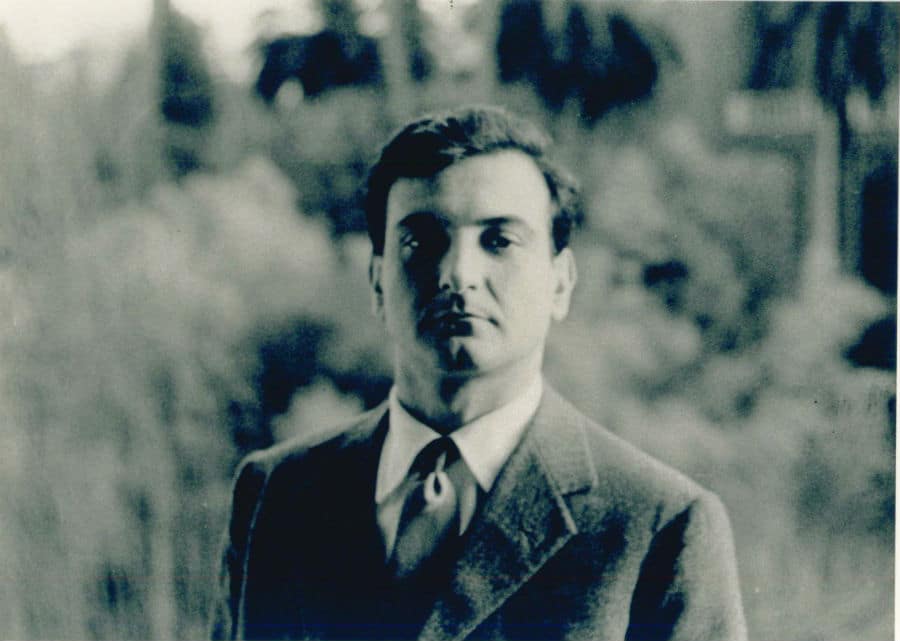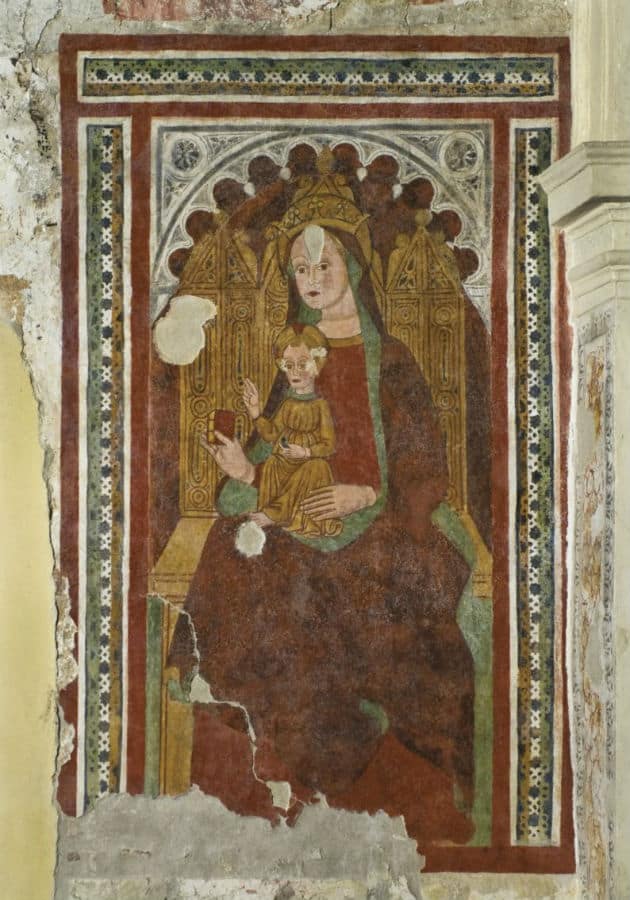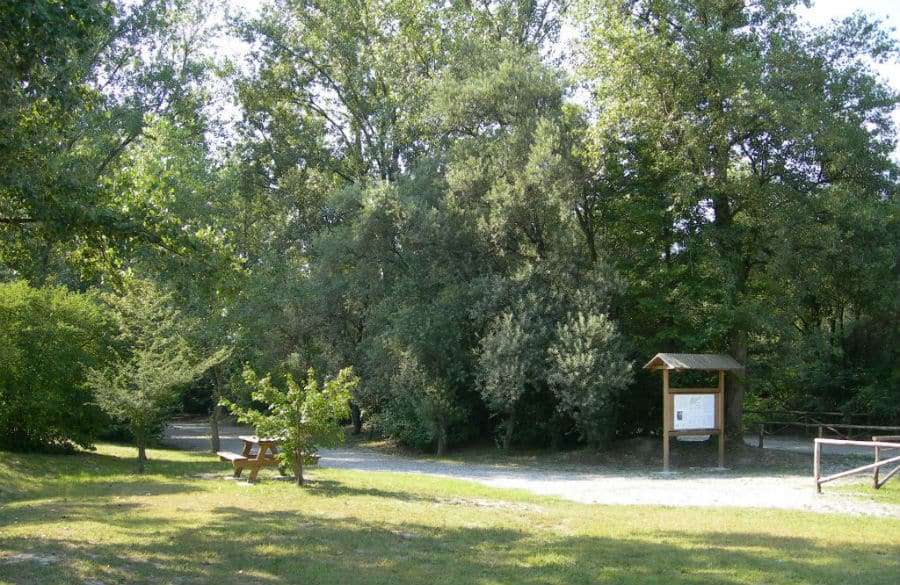Inhabited since the pre-Roman era by the ancient people of the Venetians, great breeders of horses, the territory of Ponte di Piave has experienced a particular development from the eleventh century. thanks to the work of the Benedictine monks who, from the imposing Abbey of Busco, spread and improved the cultivation of the vine. Of the past there are many testimonies of art and among these we note the beautiful church of San Bonifacio Martyr, in the village of Levada, dating back to the tenth century. A.D. Recent restorations have brought to light the interventions succeeded over time, making it a real historical / archaeological palimpsest of the second millennium, as well as discovering the magnificent fresco of the Madonna della Rondine. Also worthy of note are the oratory church of the Addolorata di Borgo Sottotreviso of the fifteenth century and the church of San Nicolò, of the seventeenth century. At the auditorium of the primary school of the capital it is possible to see the pirogue re-emerged from the waters of the Piave in 2009 and whose dating dates back to 830-840 AD.
The village was also chosen by the writer Goffredo Parise as the last home. Pride of place is the home of Culture Goffredo Parise, the last home of the writer, donated to the City and now home to the House Museum named after him, which boasts together with the archive of the author's papers and original furniture, a precious collection contemporary art that includes the likes of Schifano, De Pisis, Fioroni, Ceroli, Chia.
The landscape of Ponte di Piave is characterized by the river Piave and by the "grava", the river bed, full of pedestrian and cycle paths, among which stands out what from Peralba leads to the sea, and the botanical garden, equipped area in Negrisia area. The walks throughout the territory are characterized by rich vineyards and numerous courses of resurgence fed by the Piave basin.
The experience and professionalism of the winemakers of Ponte di Piave are known throughout the world and to many of them, in a recent past, we owe the spread of the cultivation of the vine in many non-European countries. The qualities of white and red wine produced by the local wineries are very varied and valuable. Among these, the "Raboso Piave", a precious red wine, is the fruit of an ancient indigenous vine, which still today finds on the banks of the river Piave the ideal habitat.


